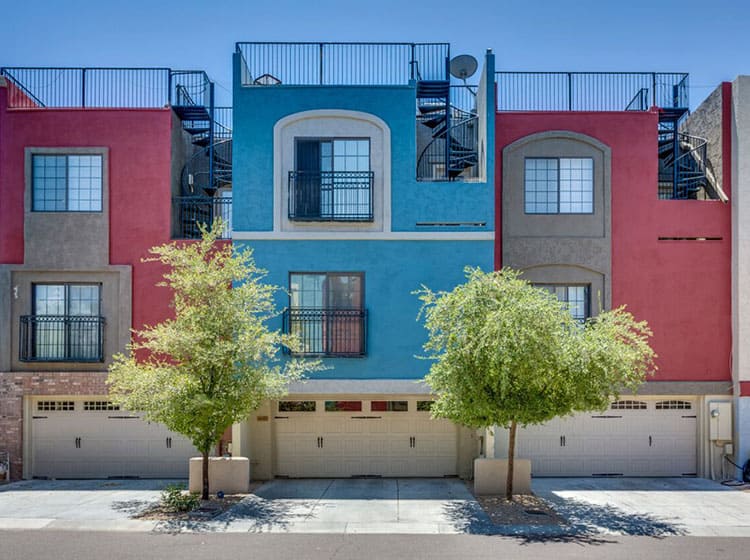Tips For Preparing Your Wall Surfaces For A Spick-And-Span Paint Work
Tips For Preparing Your Wall Surfaces For A Spick-And-Span Paint Work
Blog Article
Post Created By-Watson Hjelm
Achieving a perfect paint task begins with thorough wall preparation. From filling out flaws to priming surface areas, each step plays a crucial role in the final result. However what regarding those complicated edges and sides that can make or damage the general look? Remain tuned to find experienced suggestions on exactly how to navigate these tough locations with skill, making certain a smooth surface that will certainly raise your space to brand-new elevations of refinement.
Wall Inspection and Repair
Inspecting walls for any flaws and immediately addressing them with necessary repairs is important for accomplishing a smooth and remarkable paint task. Before starting the painting process, thoroughly examine the wall surfaces for fractures, holes, dents, or any other damages that can influence the outcome.
Beginning by filling out any cracks or holes with spackling compound, allowing it to completely dry completely prior to sanding it down to create a smooth surface. For larger damages or harmed locations, consider using joint compound to guarantee a smooth repair work.
Furthermore, look for any kind of loosened paint or wallpaper that might require to be eliminated. Scrape off any kind of peeling off paint or old wallpaper, and sand the surface to create a consistent appearance.
It's also vital to examine for water damage, as this can result in mold growth and affect the attachment of the brand-new paint. Resolve any kind of water stains or mold with the suitable cleaning remedies before proceeding with the painting process.
Cleaning and Surface Area Preparation
To guarantee a beautiful and well-prepared surface area for paint, the following action includes completely cleansing and prepping the walls. Begin by cleaning the wall surfaces with a microfiber towel or a duster to get rid of any loose dirt, cobwebs, or particles.
For even more stubborn dirt or crud, a service of moderate detergent and water can be used to gently scrub the walls, adhered to by a comprehensive rinse with clean water. Pay special interest to areas near light buttons, door handles, and baseboards, as these have a tendency to accumulate more dust.
After cleansing, it is essential to inspect the walls for any kind of cracks, openings, or blemishes. These ought to be filled with spackling compound and sanded smooth once dry. Sanding the walls gently with fine-grit sandpaper will also help develop a consistent surface for paint.
Priming and Insulation
Before paint, the walls must be primed to guarantee appropriate adhesion of the paint and taped to protect nearby surfaces from stray brushstrokes. Priming functions as a vital action in the painting process, especially for new drywall or surface areas that have been patched or fixed. It aids seal the wall, creating a smooth and consistent surface for the paint to adhere to. Furthermore, primer can boost the sturdiness and protection of the paint, ultimately resulting in a much more specialist and long-lasting surface.
When Painting Trim In Whole House concerns taping, utilizing painter's tape along trim, ceilings, and various other surface areas you want to shield is important to attain clean and crisp paint lines. Painter's tape is created to be quickly applied and gotten rid of without damaging the underlying surface area or leaving behind any type of residue. Put in the time to properly tape off locations before painting to save yourself the hassle of touch-ups later on.
Recommended Studying
In conclusion, properly preparing your wall surfaces before painting is vital for accomplishing a remarkable surface. By checking for flaws, cleaning extensively, keying the surface area, and utilizing painter's tape for tidy lines, you can ensure a professional-looking paint work.
Making the effort to finish these steps will certainly result in a smooth and lasting surface that boosts the general appearance of your area.
